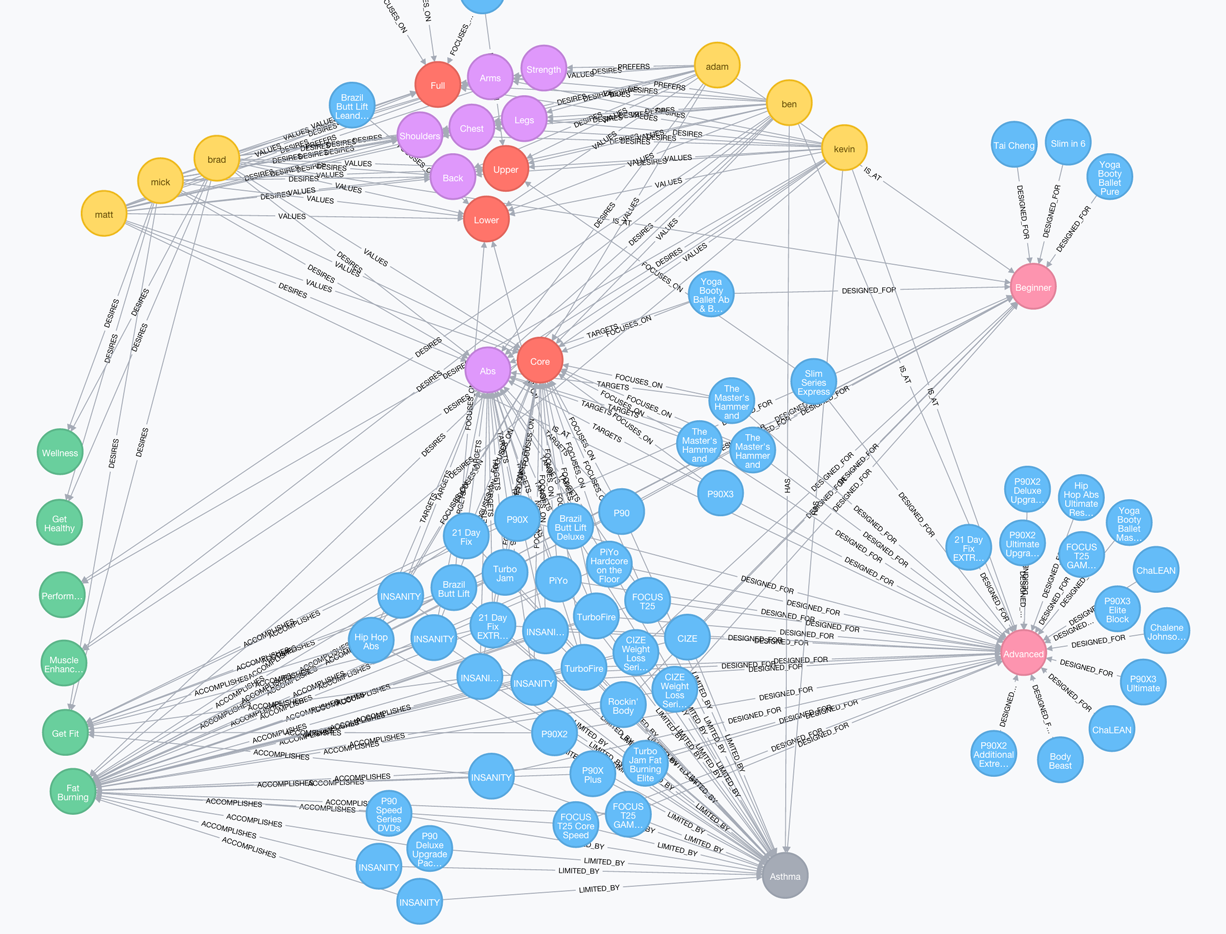We’ve recently been exploring the new ways we as consumers would like to be interacted with by brands as we go through our daily lives. Fitness and nutrition are key parts to our lives and being able to do those well are crucial to remaining of balanced mind and body. Active lifestyle brands have captivated us in the recent years and we think it’s time that the engagement became more personal.
They have enough information about us and we’d be willing to answer some simple questions about our fitness and nutrition goals if they asked. This simple interaction would enable them to provide us with a personalized fitness and nutrition recommendation engine.
Read More......
They have enough information about us and we’d be willing to answer some simple questions about our fitness and nutrition goals if they asked. This simple interaction would enable them to provide us with a personalized fitness and nutrition recommendation engine.
Read More......











